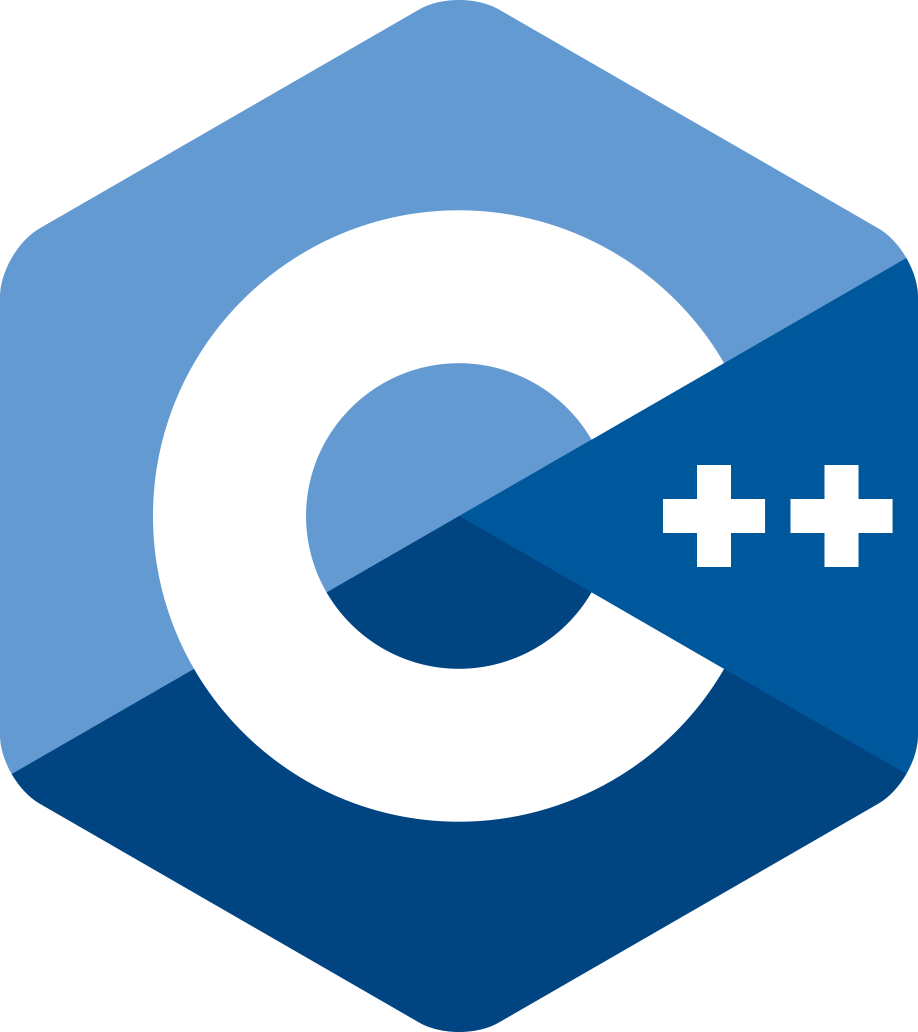C++ is a powerful and versatile programming language that has played a significant r
ole in the development of many modern technologies. From operating systems and video games to finance and scientific simulations, C++ has been used to create a wide range of applications.
The history of C++ can be traced back to the early 1980s, when Danish computer scientist Bjarne Stroustrup began developing the language at Bell Labs. His goal was to create a language that would provide a higher level of abstraction than C, while still maintaining the efficiency of low-level languages. The first version of C++ was released in 1983.
Over the years, C++ has evolved to become one of the most widely used programming languages in the world. It is known for its flexibility and performance, making it a popular choice for large-scale software development projects. C++ is also used extensively in the game development industry and in embedded systems programming, where performance is critical.
One of the most exciting aspects of C++ is its ability to be used in a wide range of fields, from low-level system programming to high-performance video game development. C++ is also designed to be highly extensible, allowing developers to create custom libraries and frameworks that can be used across multiple projects.
Despite its popularity, C++ has also faced some criticisms, particularly in terms of its complexity and difficulty of use. Additionally, C++ is an old language and its latest standard was published in 2017, many developers consider it as an outdated language in comparison with other modern languages like Python, C#, Java, etc.
To address these concerns, the C++ community has been working on new features and improvements to make the language more approachable and manageable. The latest standard version of C++, C++20, includes many new features that make the language more expressive and efficient.
In conclusion, C++ is a powerful and versatile programming language that has played a significant role in the development of many modern technologies. It has evolved over time to become one of the most widely used programming languages in the world, but also faced some criticisms. The C++ community is working on new features and improvements to address those concerns and make the language more approachable and manageable. Despite its age, C++ remains an important language to learn and use in certain domains where performance is critical.





Follow Us
Were this world an endless plain, and by sailing eastward we could for ever reach new distances